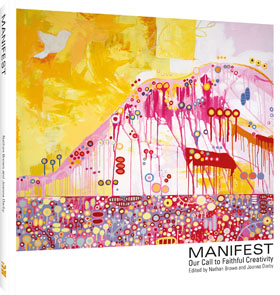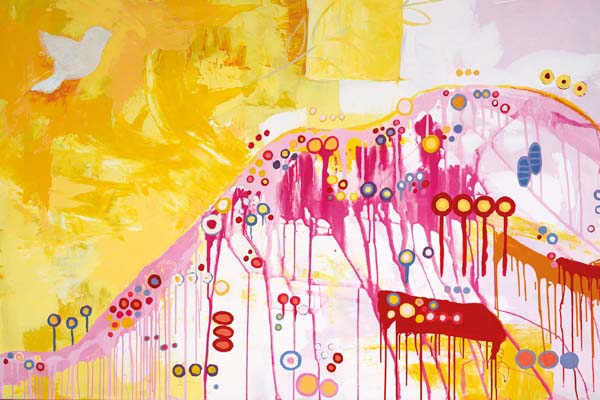Manifest: Our Call to Faithful Creativity
Associate Professor Daniel Reynaud
Dean, Faculty of Arts and Theology
Avondale College of Higher Education
I’ve lived most of my life alongside creative people who wished to use their gifts to express their faith. However, gifted creatives and organised religion often clash. I’ve longed for something that could foster creative faith and faithful creativity.
 Manifest: Our Call to Faithful Creativity fulfils my wish, and then some. It begins with some philosophical foundation to faithful creativity. Chapters such as Trudy Morgan-Cole’s “Of truth and good stories” and Bruce Manners’s “When it doesn’t make sense” are pure gold in a utilitarian Seventh-day Adventist Church culture that struggles to recognise the value of art.
Manifest: Our Call to Faithful Creativity fulfils my wish, and then some. It begins with some philosophical foundation to faithful creativity. Chapters such as Trudy Morgan-Cole’s “Of truth and good stories” and Bruce Manners’s “When it doesn’t make sense” are pure gold in a utilitarian Seventh-day Adventist Church culture that struggles to recognise the value of art.
Then the book gives wonderful examples of what faithful creativity can look like. Joanna Darby’s “Carried on His breath,” Ryan Bell’s “Room for the Spirit to blow through,” Kyle Portbury’s “Reach out and collaborate with somebody” and Robert Wolfgramm’s “To stir as we have been stirred” all give flesh to the framework, with living examples.
But what really delights me is the imaginative breadth in this book. Chapters on creativity and science (Lachlan Rogers) and on the marketplace (Gary Krause), chapters for the non-creative church leader (Glenn Townend) and in raising children (Kylie Stacey) are examples of expanding the vision beyond the predictable scope of the creative arts. People of real creativity have breathed this book to life.
Manifest fills a hole that has long existed in the Adventist Church. The word, “manifest,” means to show, to prove, and Manifest shows and validates the place of creativity in the life of faith.
Manifest: Our Call to Faithful Creativity (Signs Publishing Company) is available at Adventist Book Centres or from hopeshop.com for $24.95.
 Avondale College of Higher Education
Avondale College of Higher Education

